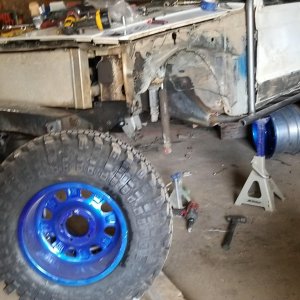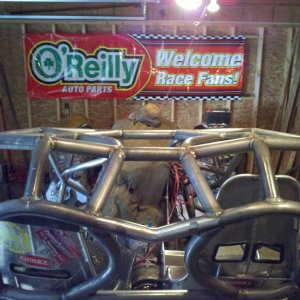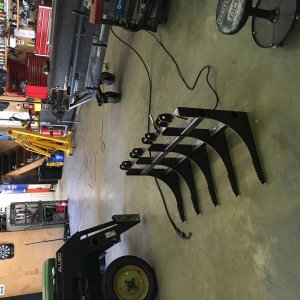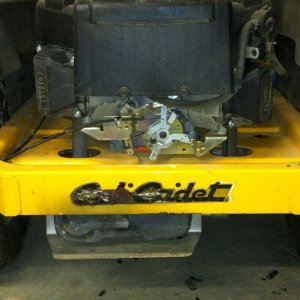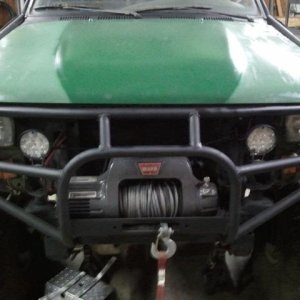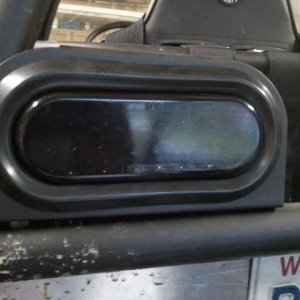I stole this from a RV forum. After reading on there I think I may have a propane butane mix and that's causing my problem. Any comments?
What is really in your tank?
LPG (Liquefied Petroleum Gas) can be propane, butane, or a mixture of the two.
Propane has a freezing point of -310 and a boiling point of about -43 degrees Fahrenheit.
Butane has a freezing point of -144 and a boiling point of about 31 degrees Fahrenheit.
If you purchased your LPG in the north or a cold climate, you can probably safely assume that is propane. If you purchased it in the south and during warm weather, there is a high chance that it could be a blend of propane and butane and possibly just butane.
.
LPG (Propane/Butane) is liquefied by pressure. This means that in our normal environment ( our standard air pressure and average temperatures) it would be a gas. However, if it is compressed (put under pressure) it becomes a liquid. It must be kept under pressure to remain a liquid and this explains the difference between the equipment and procedures used to fill your propane tank and to fill your fuel (gasoline/diesel) tank.
When using propane/butane, the tank valve is opened, the regulator allows the pressure to be released at a controlled rate.
When the pressure is released, the liquid propane/butane (boils) changes into a gas at low pressure which flows to the burner. When a liquid changes to a gas, it boils.
(This boiling takes energy. Heat energy is taken from the tank's surroundings and this is why the tank gets colder.)
Propane has a boiling point of about -44 degrees Fahrenheit. Most of us do not use our RV's at this temperature so above this temperature, the propane will boil off and the gas would flow to our burners.
Butane, on the other hand, has a boiling point of about 31 degrees Fahrenheit. Many of us do use our RV's at this and even lower temperatures. If the Tank and contents are below 31 degrees Fahrenheit, the butane will not boil, thus it just stays in the tank as a liquid, even though the valve is open. With out the butane boiling and the gas flowing out of the regulator, no burners will work.
If your burners work when the outside temperatures are above 35 degrees Fahrenheit or so and not below, then this could be your problem.


